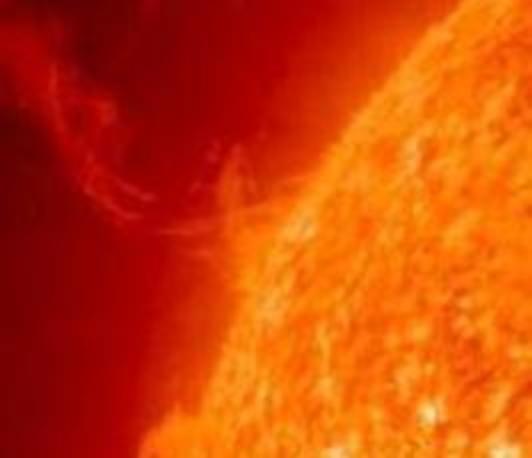ESPOS - Modeling of non-radially propagating halo CMEs and forecasting their arrival time at Earth(Angelos Valentino)
ESPOS
- Date: Jun 27, 2024
- Time: 11:00 AM c.t. - 12:00 PM (Local Time Germany)
- Speaker: Charlotte Proverbs
- Centre for Mathematical Plasma Astrophysics, KU Leuven, Belgium
- Room: https://zoom.us/j/165498165
- Host: Shahin Jafarzadeh

The prediction of geomagnetic storms is becoming more and more important, with the aim to take effective measures for avoiding the possible damage from the extreme events. One of the important parameters when modeling CMEs and CME-driven shocks, is their arrival time at Earth. We present a study of several halo CMEs with the propagation direction which significantly deviated from the Sun-Earth line and as a result, CMEs impacted Earth as flank-encounters. We modeled selected events with the default-setup of EUHFORIA and the Cone model for the CMEs. The aim of our study is to better understand the importance of the CME’s direction of propagation in the input parameters of the Cone model and improve the modeled arrival time at Earth. We selected events that were propagating strongly non-radialy in the low corona, in order to understand how important are the effects of the deflections in the low corona, in the direction of propagation. Our results show that, when the data from the DONKI database are used, the modeled arrival time has the largest discrepancy(≥10h) when compared with observations. When the input parameters are taken employing the GCS fitting technique though, up to the height of 12 Ro (solar radii), the accuracy of the modeled arrival time improves, shifting closer to the observed ones. This result reflects the characteristic that, up to the heights of about 10 Ro, CMEs experience all the low coronal deflections and have taken their final direction of propagation.